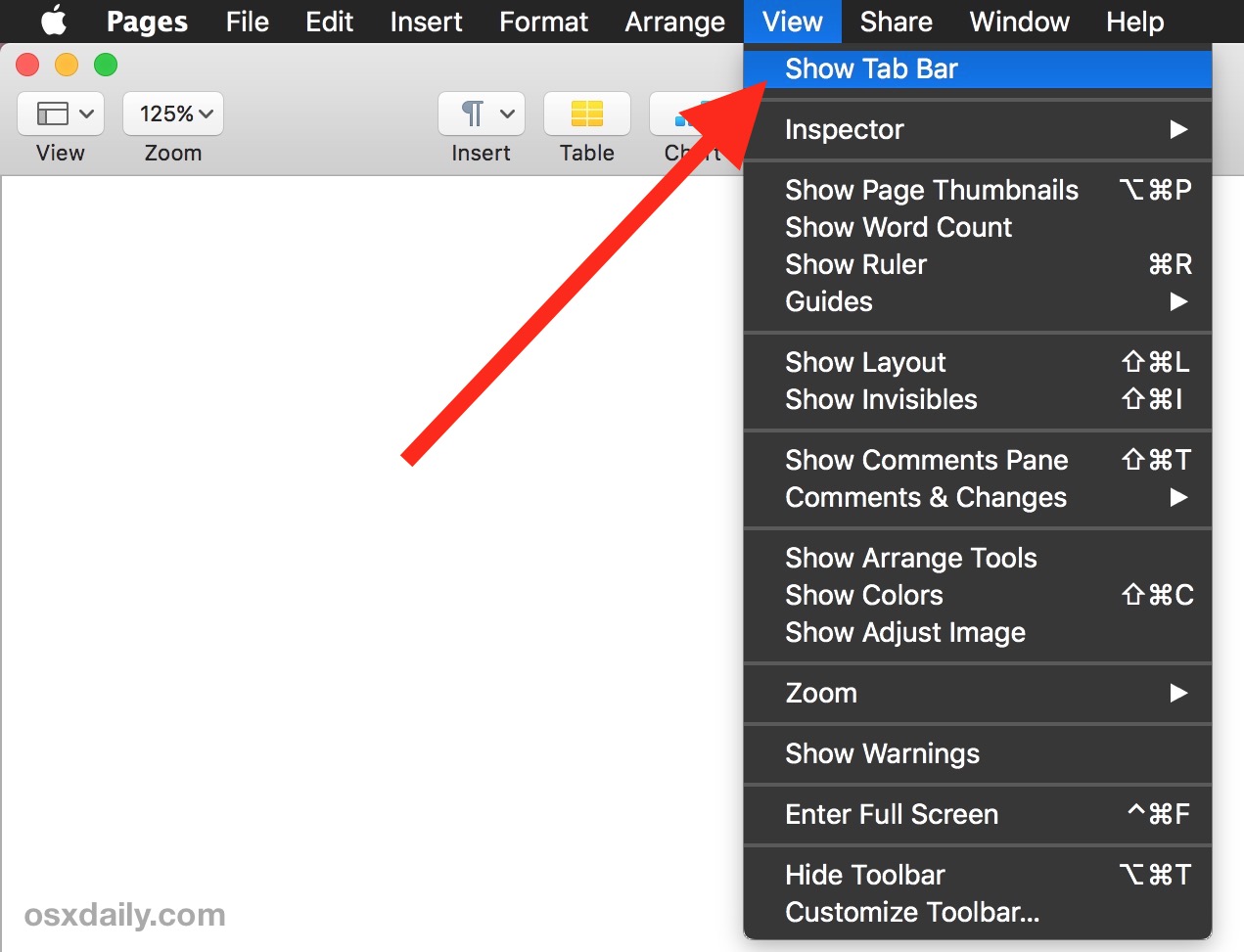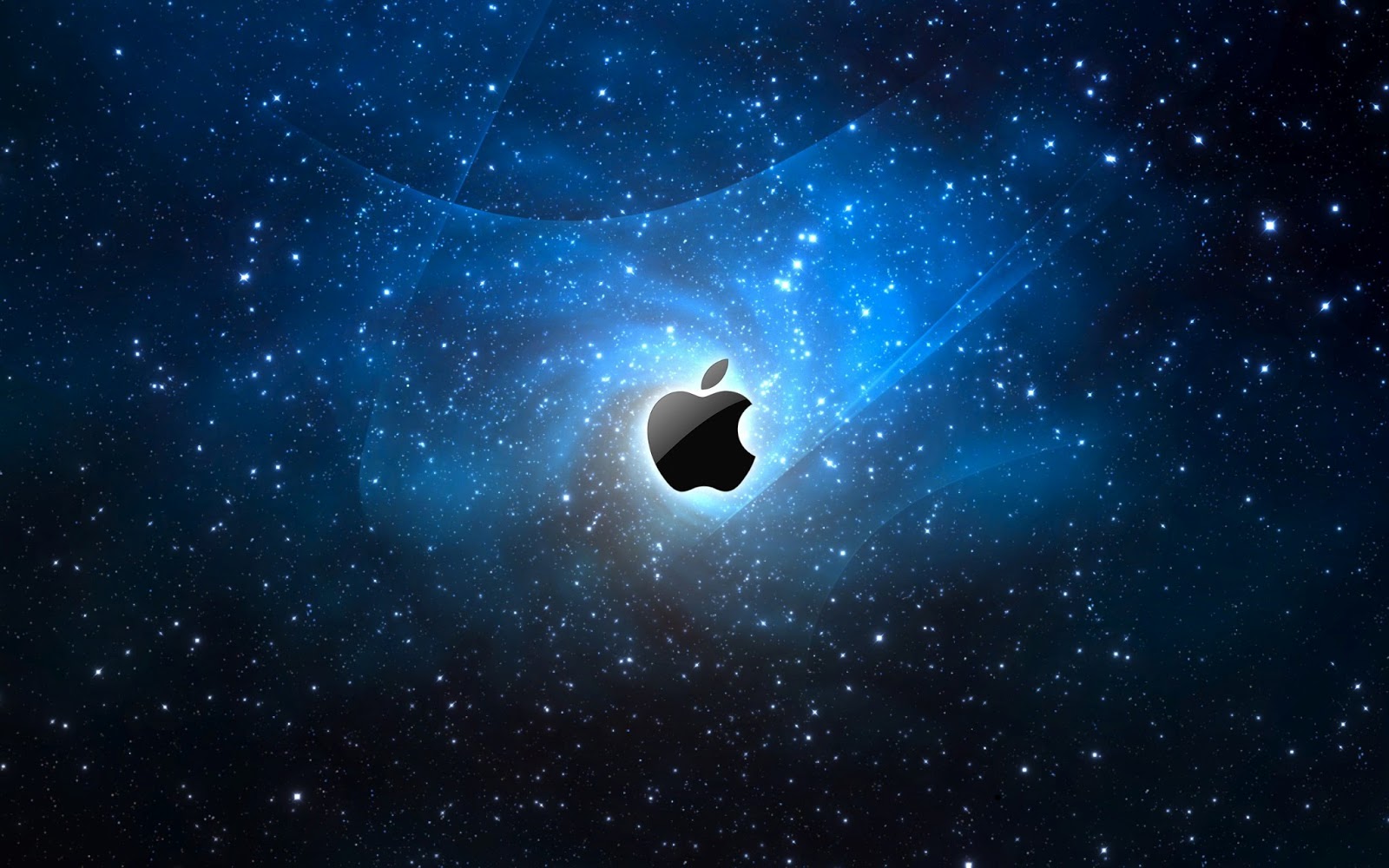Tomk Mac OS
(UPDATE 04/11/2011 – Corrected error with sparseimage. Should be sparsebundle. Directions corrected.)
Note: These directions will not work with Mac OS X Lion as Apple has removed the necessary components to allow this functionality to work.
- View the profiles of professionals named 'Tom Mac' on LinkedIn. There are 100+ professionals named 'Tom Mac', who use LinkedIn to exchange information, ideas, and opportunities.
- 500 500 1 72/1 72/1 2 2011-09-12T15:17:27-09-12T15:17:27-09-12T15:17:27-07:00 Adobe Photoshop CS Windows adobe:docid:photoshop:81343505-dd84-11e0.
- My recommendation is to get an external drive that is twice the size of your Mac’s internal drive. This will allow you to do both of these backups on the same drive. Today’s standard Mac configurations come with up to 1 TB drives. 2 TB external drives are easy to come by for this recommendation.
- The 'classic' Mac OS is the original Macintosh operating system that was introduced in 1984 alongside the first Macintosh and remained in primary use on Macs until the introduction of Mac OS X in 2001.
In today’s how-to, we’re going to setup Time Machine for a Mac client with the backups being stored on Windows Home Server 2011. These same steps should work with Small Business Server 2011 Essentials and Storage Server 2008 R2 Essentials as well. (P.S. If after reading this, and you agree with me that setup could be easier, go here and vote.)
Tom Macomber
Step 1: Create shared folder on server
Started restoring and showing Ford Model A’s with his father in the early 1960’s, and old cars have become his hobby ever since. This is truly hobby-turned-business. We usually stock about 20 to 30 collector cars and are always looking to purchase quality collector cars. Consignments are considered on a case by case basis.
- From a Windows PC with the Connector installed or using Remote Desktop Connection for Mac, connect to your server and launch the Dashboard.
- Click the Shared Folders and Hard Drives tab
- Click Add a Folder, and fill in the details then click Next
- Click Specific People, and then assign Read/Write permissions to the user account you wish to use on your Mac.
- Click Add Folder,and then when the process is finished, click Close.
Step 2: Enable Network Volume Support and create SparseBundle file
- On each Mac that you wish to back up, go to the Applications folder, then Utilities, then open Terminal and type the following command then press Enter.
- defaults write com.apple.systempreferences TMShowUnsupportedNetworkVolumes 1

- We need to determine the MAC address of the Ethernet port (en0) to properly create the sparsebundle file. (NOTE: Even if you are using a wireless connection to backup, you MUST use the MAC address of the Ethernet port.) To do so, in the same Terminal window, type ifconfig and press Enter. Look for the line starting with en0, and then look just below that for the line starting with ether and make note of the address on that line.
- Now we will create the sparsebundle file that Time Machine will use. In the same Terminal window, type the following command and press Enter. (NOTE: For the hard drive size, it needs to be the size of your hard drive. If you have a 160GB hard drive, then it will be ‘-size 160G’.)
- hdiutil create –size <Hard Drive size>G –fs HFS+J –volname “<computername> Backup” <computername>_<MACAddress>.sparsebundle
- Replace <Hard drive size> with the size of your hard drive
- Replace <computername> with the name of your computer (Can be found in System Preferences –> Sharing) (Note: You may want to change the name to make it something short and simple.)
- Replace <MACAddress> with the MAC Address you made note of in the previous step, leave out the colons in the address
- hdiutil create –size <Hard Drive size>G –fs HFS+J –volname “<computername> Backup” <computername>_<MACAddress>.sparsebundle
Step 3: Copy Sparsebundle to server and enable Time Machine
Tom Mcosker
- Close Terminal, then go to the Go menu and click Connect to Server, and type in smb://<ip address or name of server>, then press Enter. Choose the Shared Folder you created and click OK.
- Browse to the location that the sparsebundle file was created in. This will most likely be the root of your user folder. (/users/<your username/)
- Drag this sparsebundle file to the shared folder on the server
- After the file finishes copying, open System Preferences, and then click Time Machine

- Click Select Disk and select the shared folder on your server
- When prompted, enter the user name and password you wish to use and click Connect.
- A countdown of 120 seconds should begin, and then once that countdown finishes, your backup should commence.
Congratulations! You’ve just configured Time Machine with Windows Home Server 2011.
We have the pleasure to announce that Tom Clancy’s The Division for Mac is out, we made all the efforts to get the game working on all the macOS computers. Tom Clancys The Division Mac OS X is an online shooter video game developed and published by Ubisoft this year. Talking about game-play, the map is placed in Manhattan, a city destroyed by a virus. The player has to investigate everything, kill enemies, and of course complete the missions that are given. The shooter can carry three weapons and bombs, he can do almost everything in order to stay alive.
As you play The Division, you get experience points that you can use to upgrade your character or his objects. Honestly is a really complex video-game, there is also a day-night cycle that makes the game more realistic, some talents that the shooter can learn, and a lot of weapons to be tried. Tom Clancys The Division Mac OS X can be played in multiplayer mode, so Download this online-shooter game for Mac now, tell your friends about it and start competing with each other.
May the best player win! The games presented here, at MacGamesWorld, are very easy to install. No windows emulators or other software required! Just check the minimum system requirements, download the .dmg file and install the game. Enjoy!
Try also: Call of Duty Warzone Mac OS X
Tom Clancys The Division Mac OS
– Minimum System Requirements –
| CPU: | Intel Core i5-2400 /AMD FX-6100 |
|---|
| CPU Speed: | 2.3 GHz |
|---|
| RAM: | 4 GB |
|---|
| OS: | Mac OS X 10.9 |
|---|
| Video Card: | NVIDIA GeForce GTX 560 with 1 GB VRAM / AMD Radeon HD 7770 with 1 GB VRAM |
|---|
| HDD: | 39 GB |
|---|